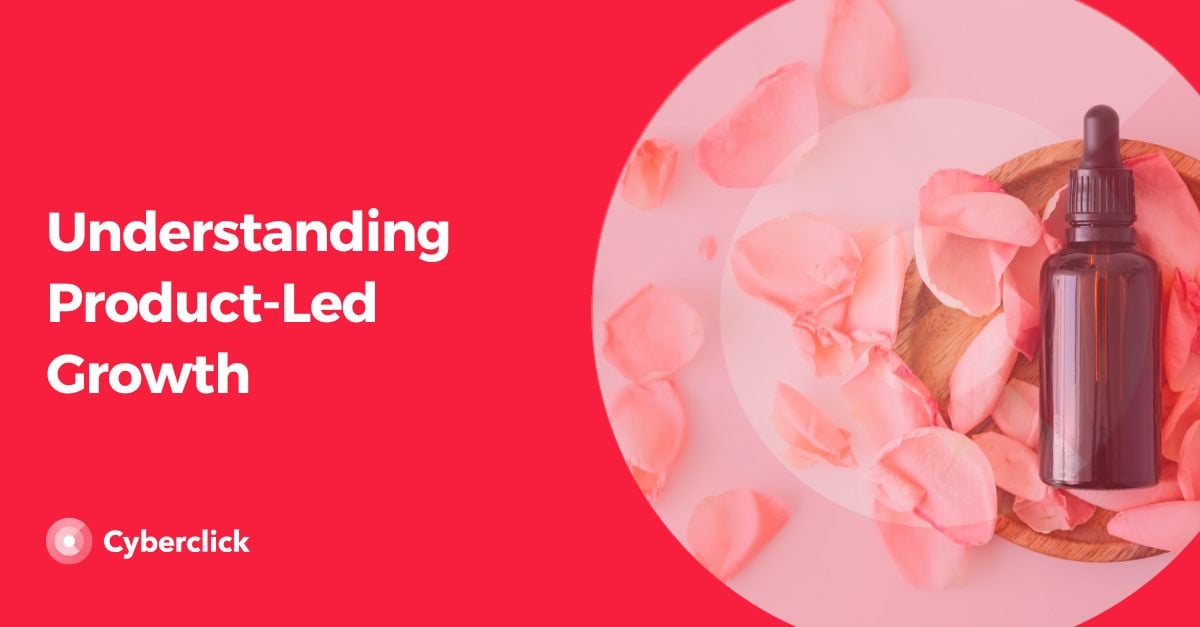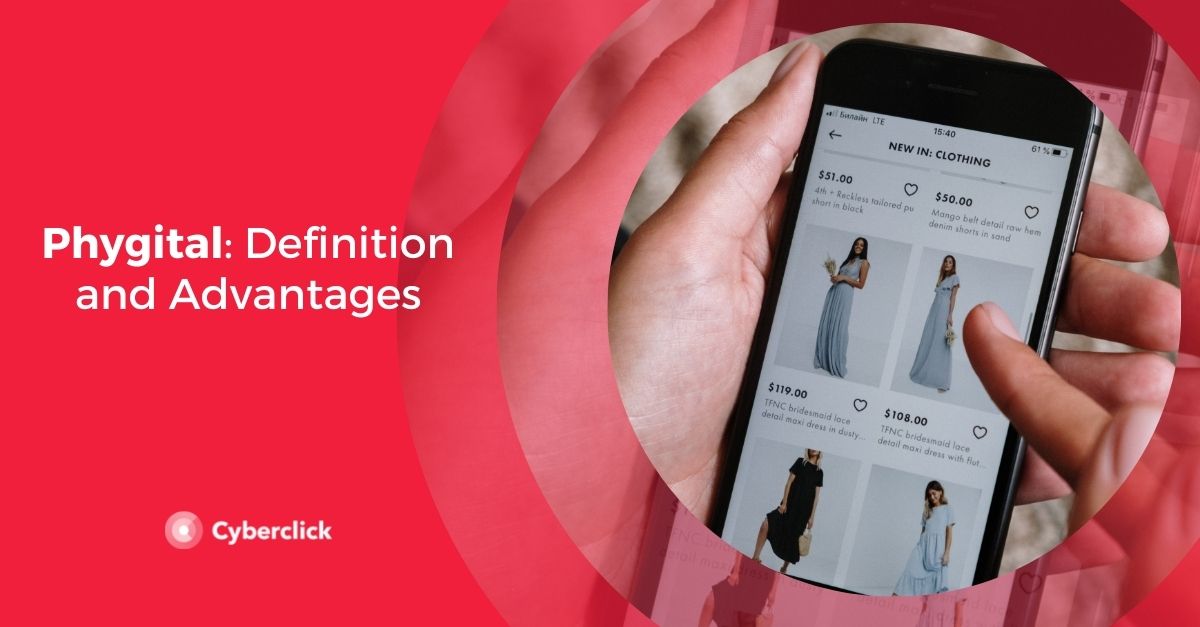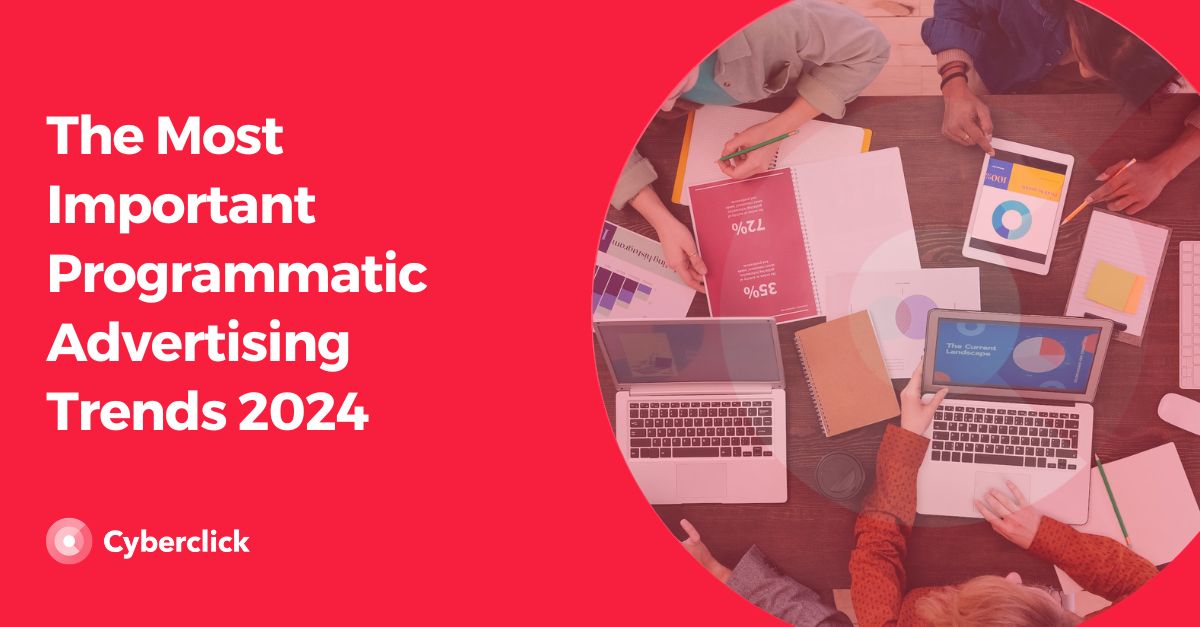Product-led growth (PLG) is a marketing and business strategy centered around making the product and its value the primary driver of the business. It emphasizes using the product itself as a source of revenue, focusing on customer acquisition, retention, and satisfaction.
Amid various growth methodologies like sales-led growth and marketing-led growth (considered classical strategies), product-led growth stands out as a contemporary approach. While not entirely new, especially in the business-to-consumer (B2C) realm, it is gaining prominence in business-to-business (B2B) scenarios.

Differentiating PLG, Sales-Led Growth, and Marketing-Led Growth
- Product-Led Growth (PLG): Growth is based on customer usage of the product ad relies on the product's functionalities and the user experience. This is deal for digital products and Software as a Service (SaaS) with a less complex purchasing process.
- Sales-Led Growth: Focuses on lead conversion and the number of active users. Financial aspects take precedence, and the sales team plays a crucial role in closing deals. Suitable for companies selling complex products or services requiring detailed sales discussions.
- Marketing-Led Growth: Growth is driven by marketing actions that encourage conversions. Suitable for companies across sectors, particularly those aiming for sustainable, long-term growth in highly competitive markets.
Implementing a product-led growth strategy doesn't mean neglecting marketing and sales. Instead, it signals a prioritization of the product as the key driver of business.
Benefits of Product-Led Growth
- Efficient Scalability: Enables faster and more efficient business scaling without significantly increasing costs.
- Continuous Product Improvement: Results in better products that are continually refined, providing inherent value.
- Higher Enterprise Value: Companies employing PLG tend to have a higher average enterprise value.
- Lower Customer Acquisition Costs: Reduces customer acquisition costs as resources are primarily channeled toward product development, leading to healthier business growth.
Achieving a Product-Led Growth Strategy
Essentially, product-driven growth is really a continuous loop of growth based on introducing inputs into the product, waiting for the customer reaction and seeing the results, which will generate another input, and so on.
But beyond that, if you are a company that wants to start implementing product-based growth, here are some actions that will help you get there.
Encourage Cross-Team Communication
For product-based growth to succeed, it is essential that all members of the marketing, sales and product teams work together and communicate with each other. This is because everyone has knowledge about a particular aspect that can make the product better.
Base Your Decisions on Data
We have already mentioned that the growth methodology uses the scientific method in which data science and experience are fundamental. Therefore, actions should be based on data concerning the interaction of users with the product or service and not on intuition.
Offer a Free Trial
It is very common for companies that use product-based growth to let potential customers try the product or service for free for a period of time or unlimited but with reduced functionalities. This is a useful strategy to get more data on how customers use your product or service, and also to increase your database.
Give Independence to the Potential Customer
In this type of strategy it is very important that the person who wants to purchase the product or service can do it alone, without the need to contact sales or customer service. The same applies when it comes to discovering its functionalities. The key is that the product is enough.
Real Examples of Successful Product-Led Growth
Calendly
This is a collaborative scheduling tool where users can send invitations to others in their network. The act of sending invitations becomes an automatic form of promotion, perpetuating the growth loop.
Airtable
A project organization platform, often described as an enhanced online spreadsheet. Users can independently adapt it to their needs, promoting ease of use and catering to individual preferences.
Implementing a product-led growth strategy involves aligning teams, relying on data, offering trial experiences, and empowering users. Success stories like Calendly and Airtable showcase how this strategy can be effectively applied to drive business growth.
Licenciada en Publicidad y Relaciones Públicas por la UAB. Digital Marketing Strategist en Cyberclick.
Degree in Advertising and Public Relations from the UAB. Digital Marketing Strategist at Cyberclick.






Leave your comment and join the conversation